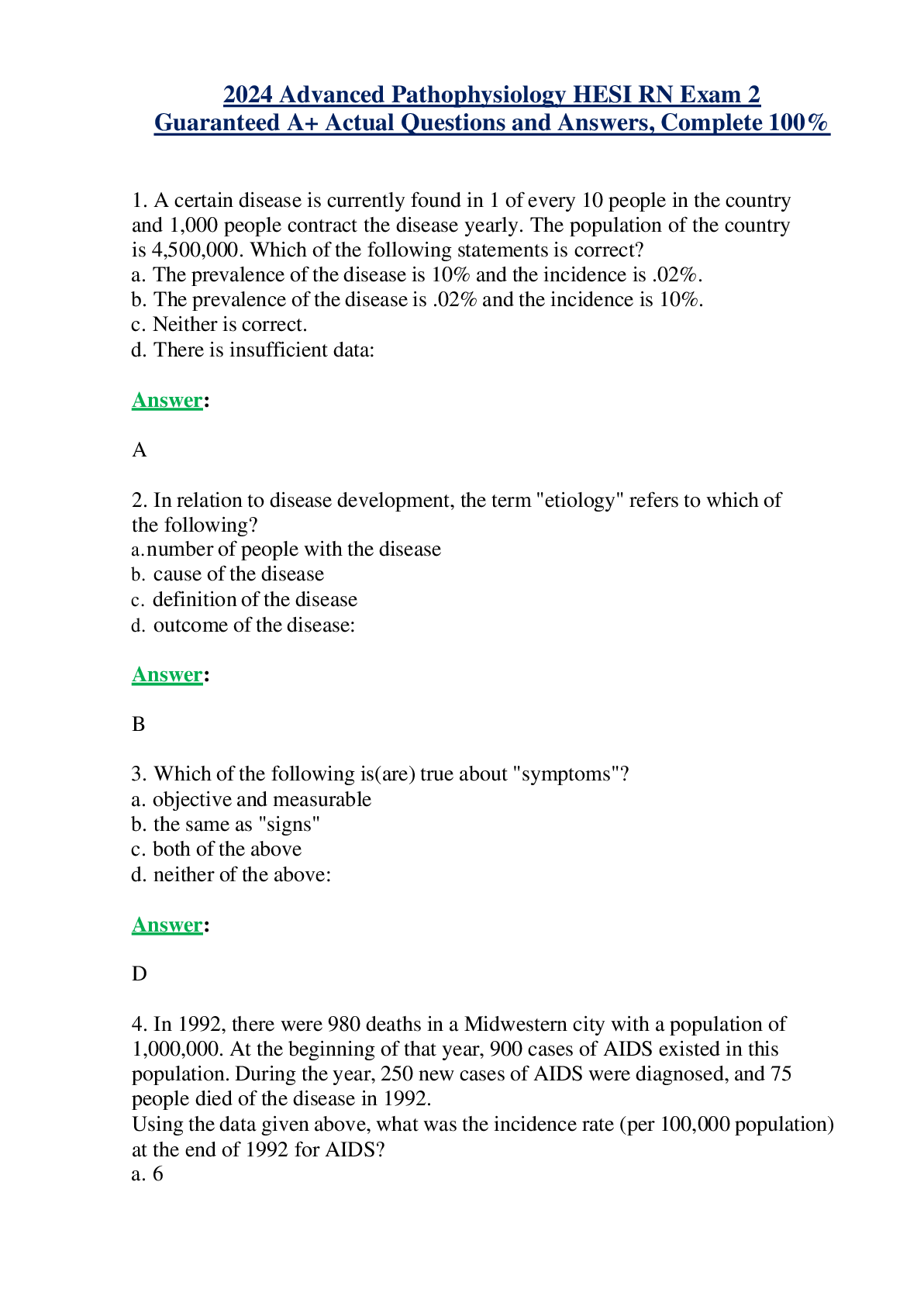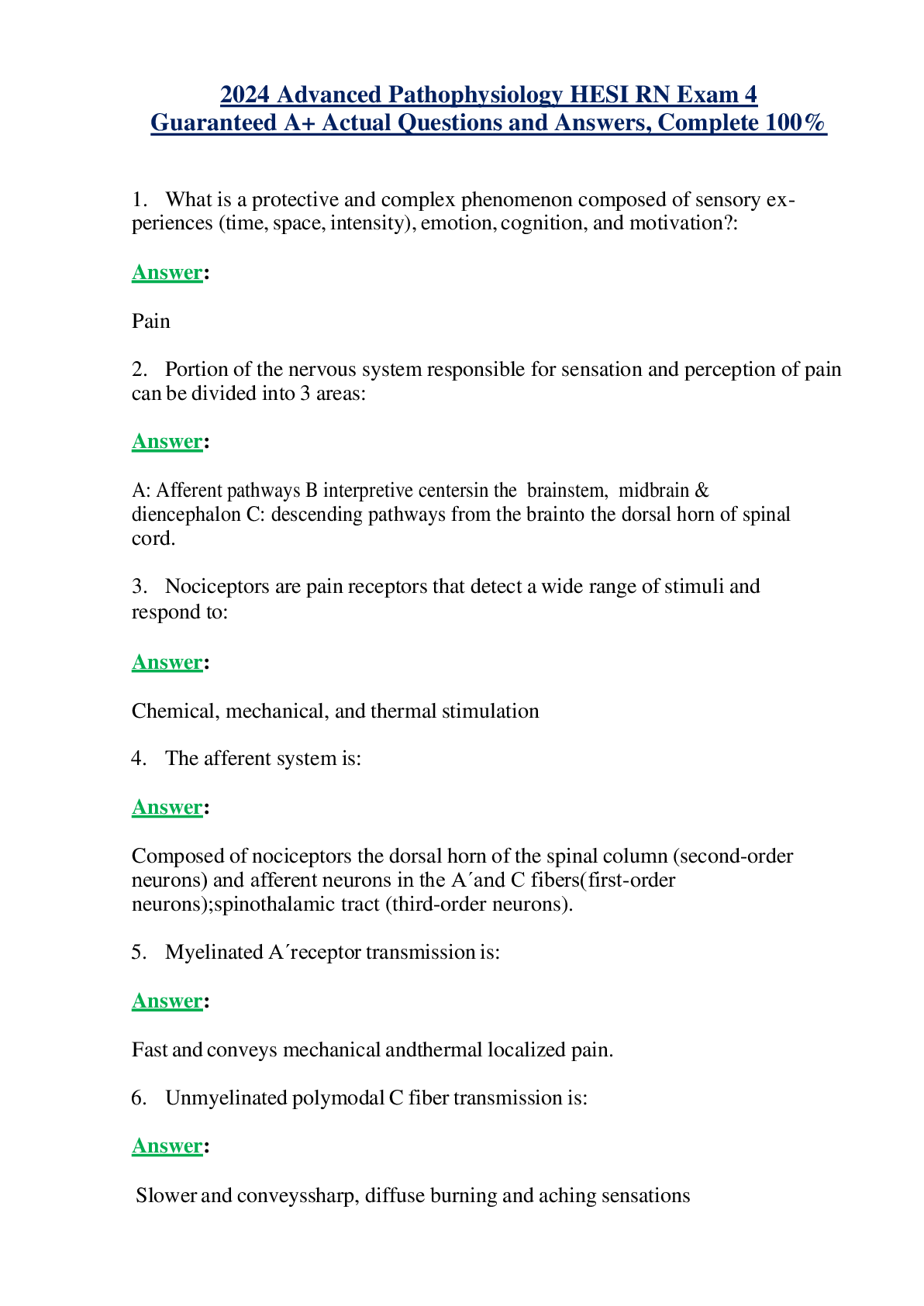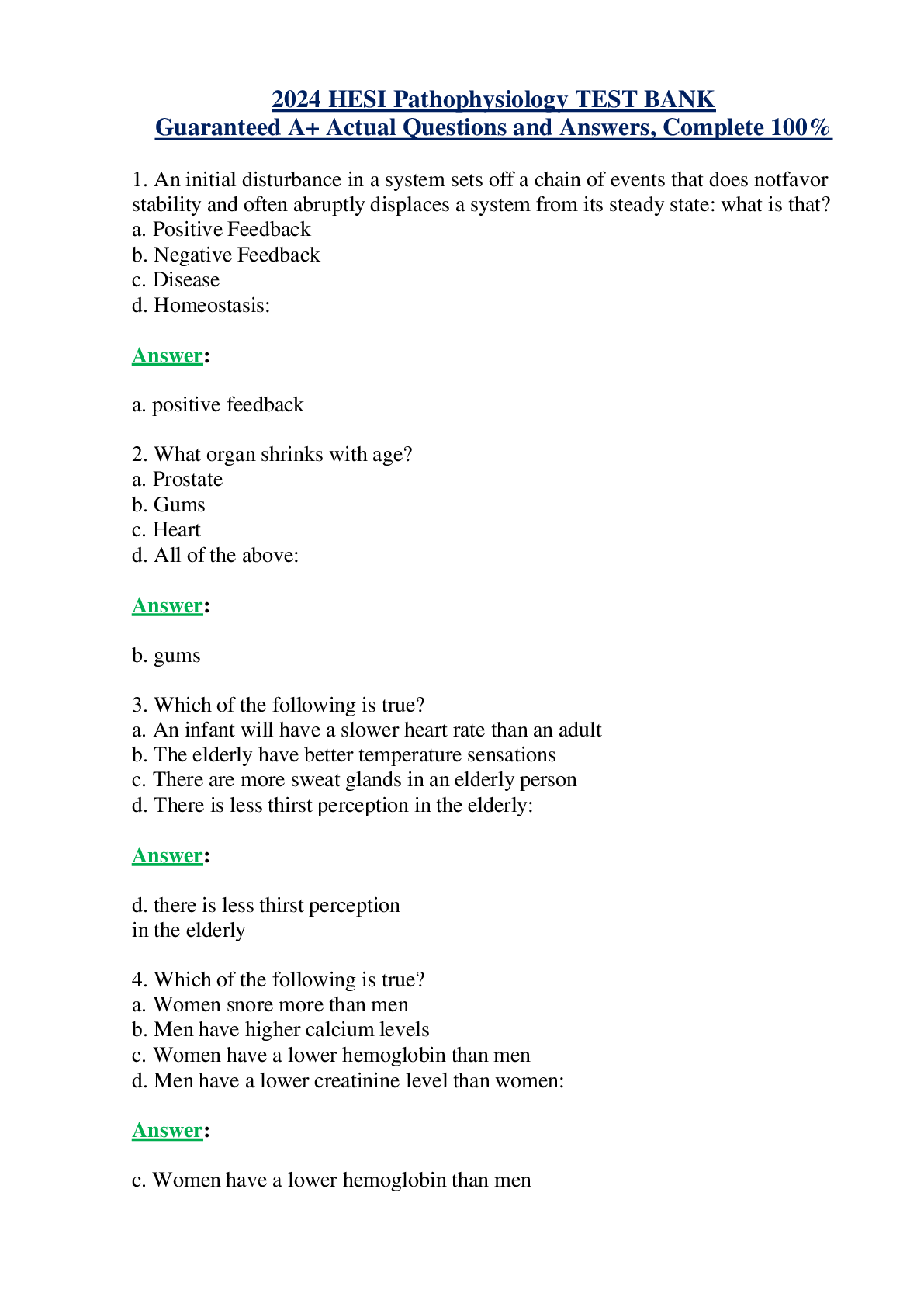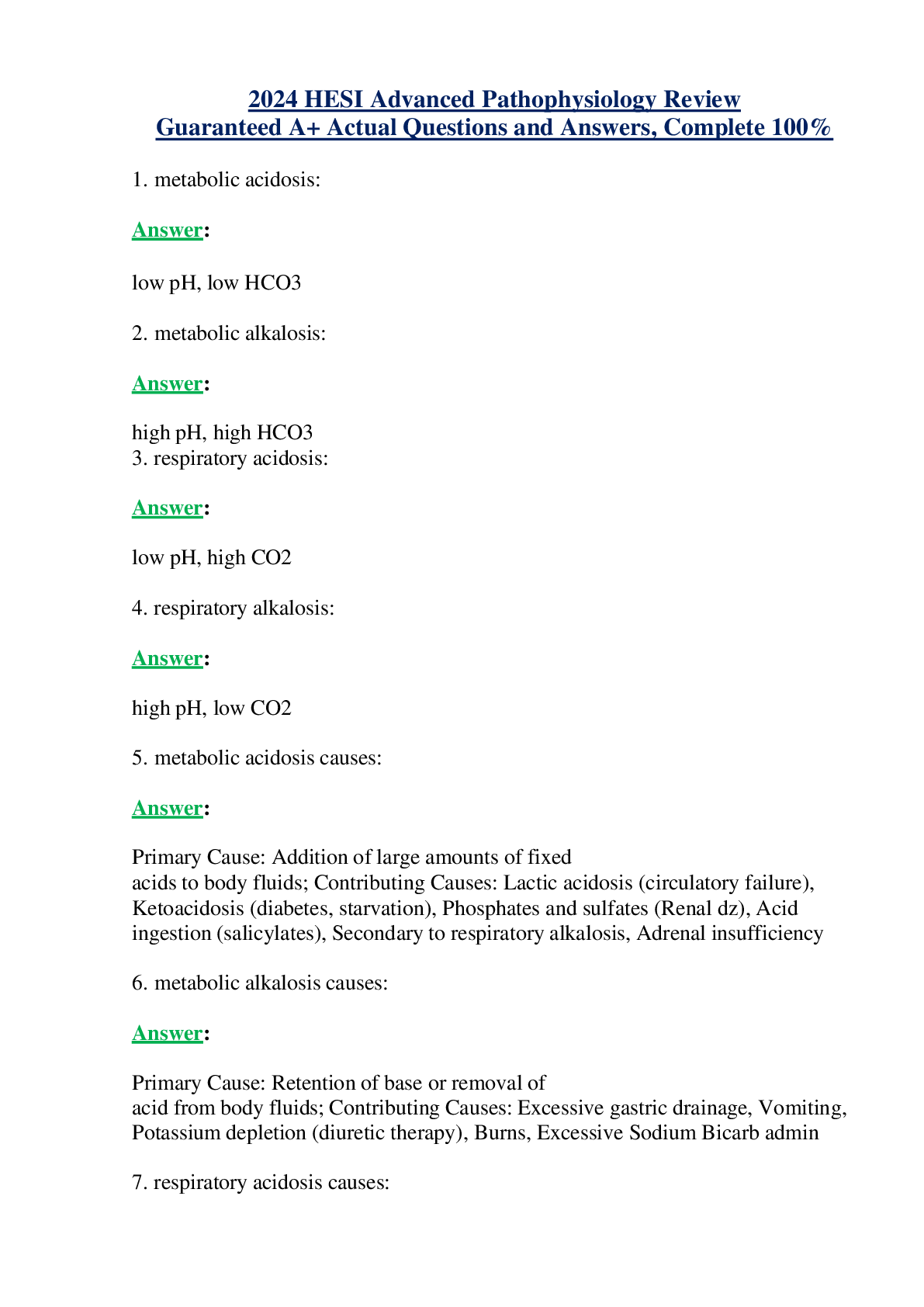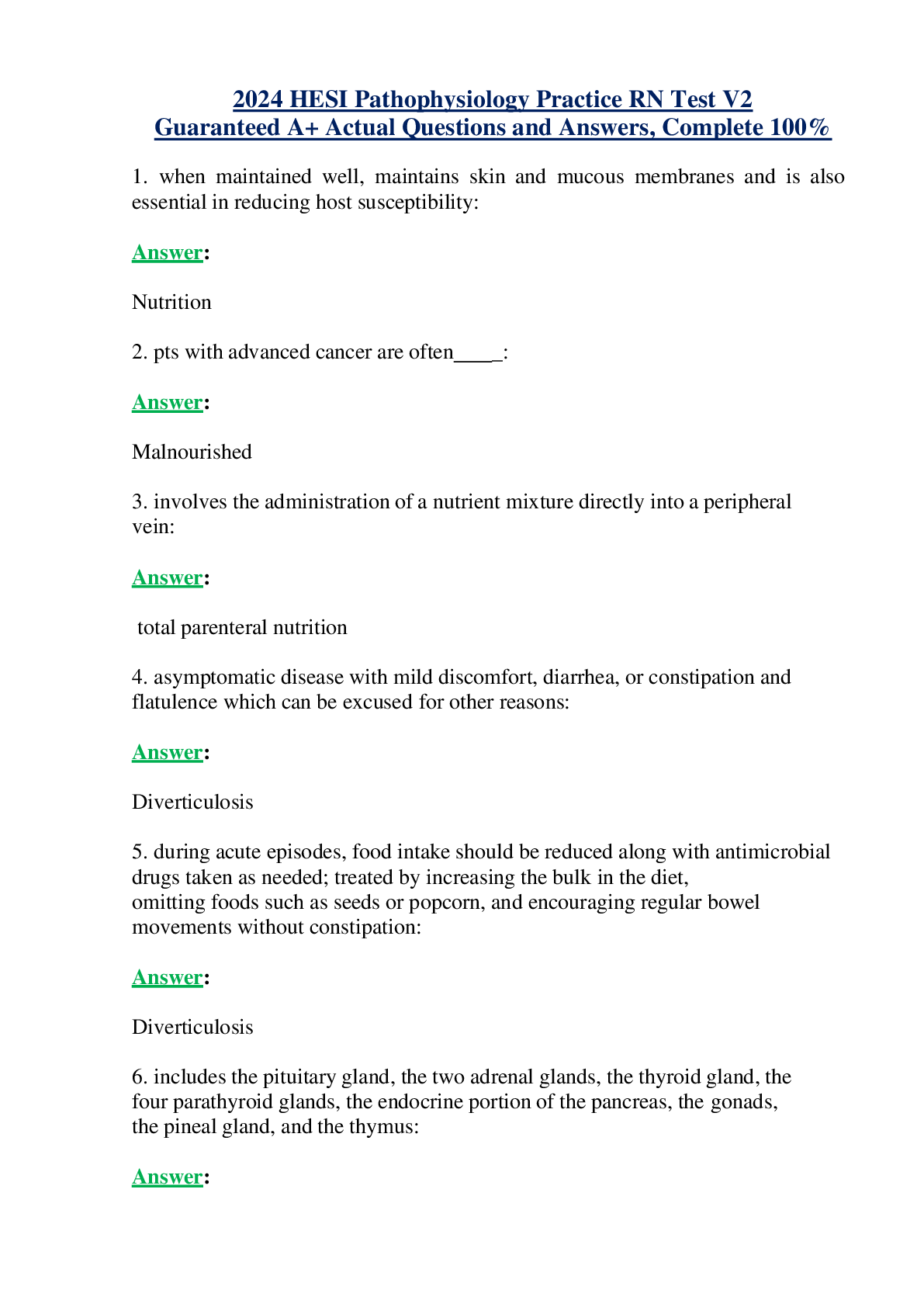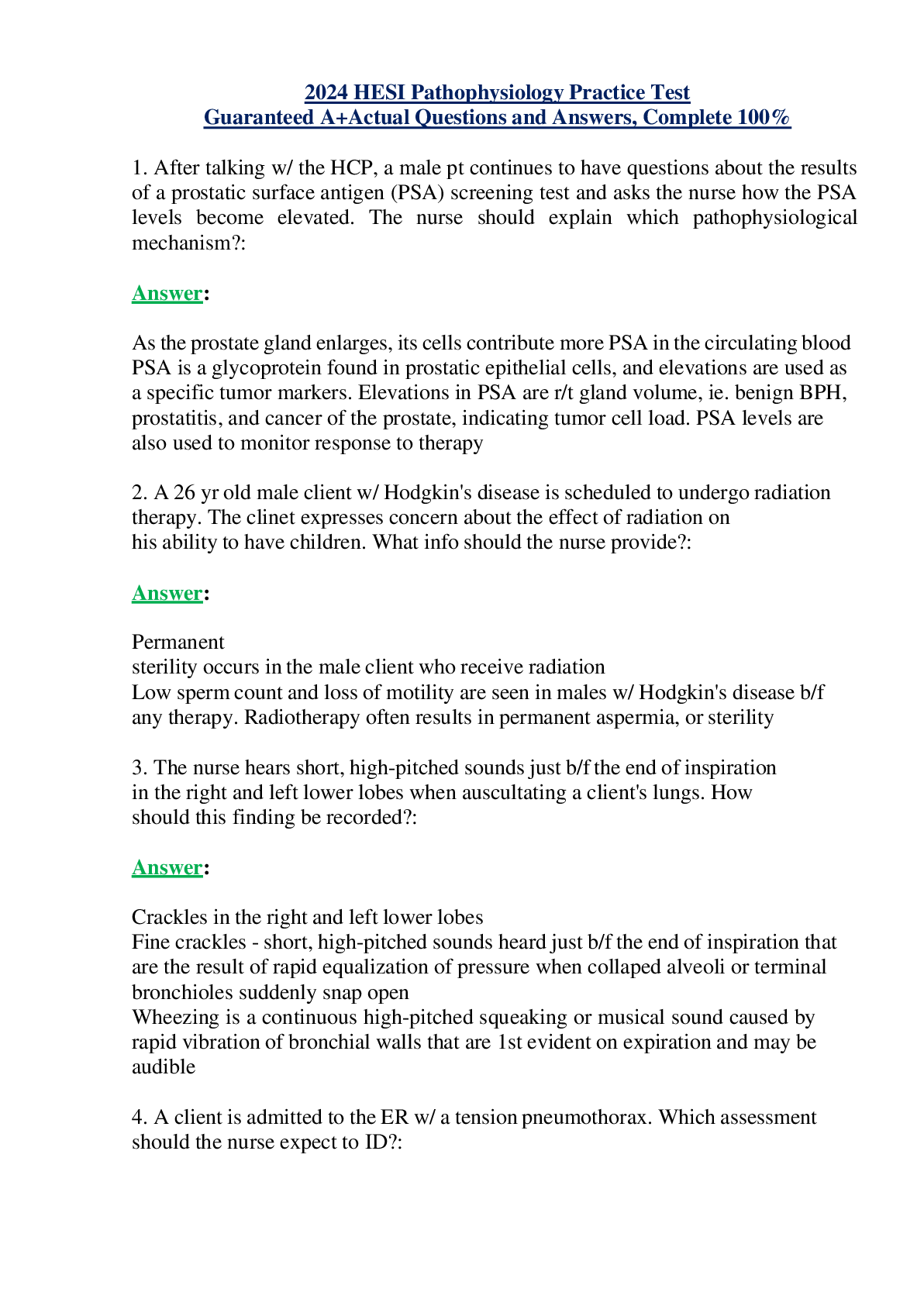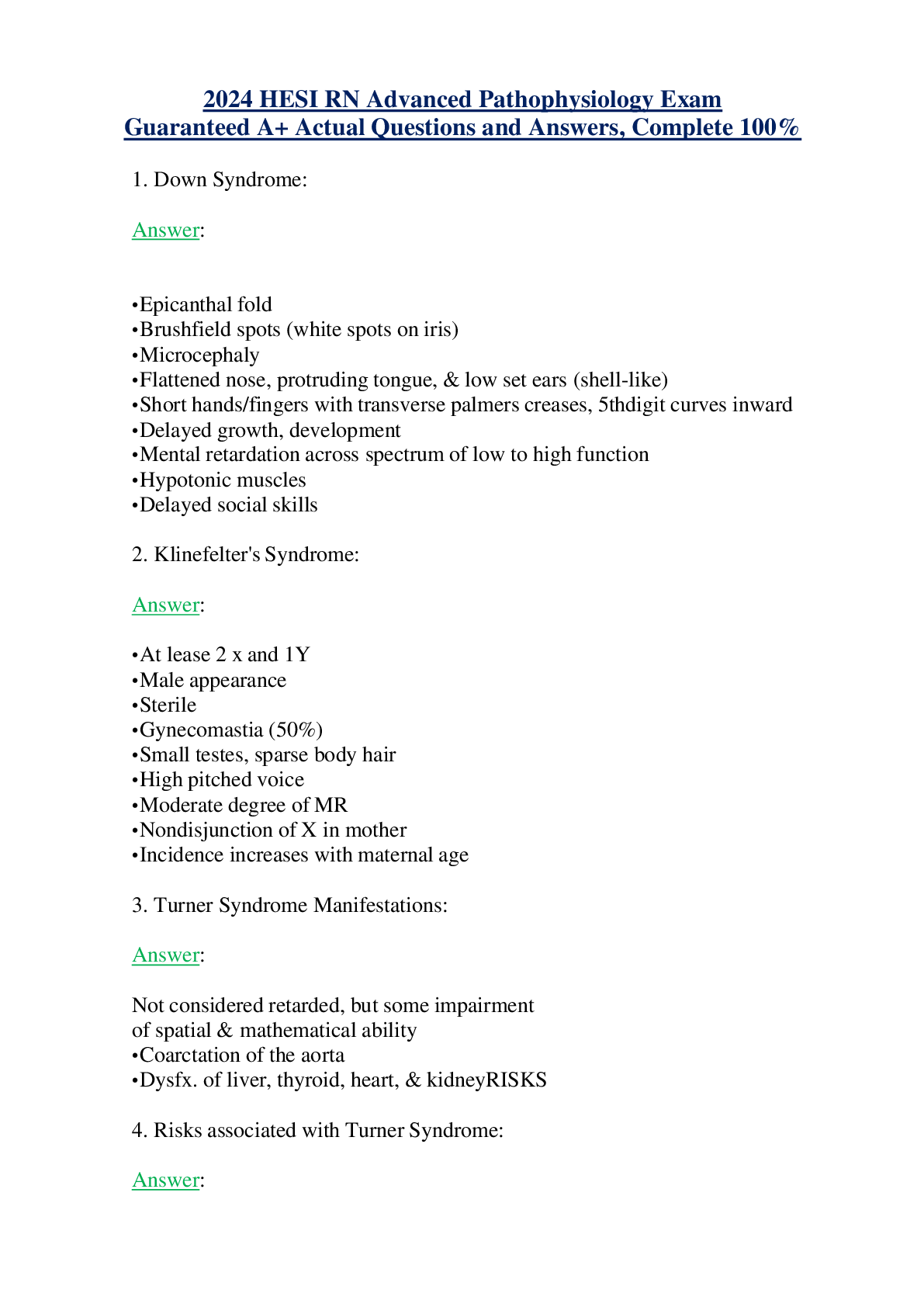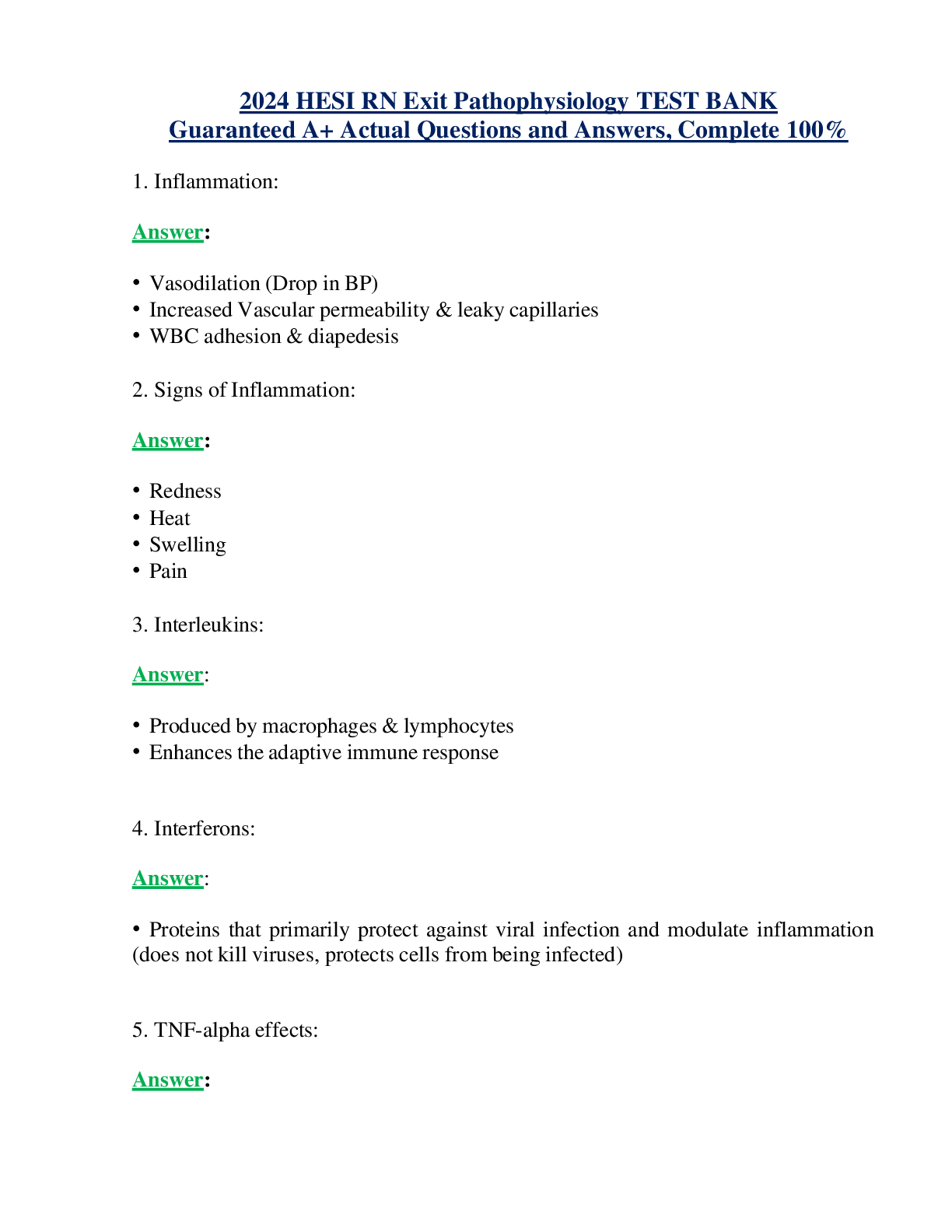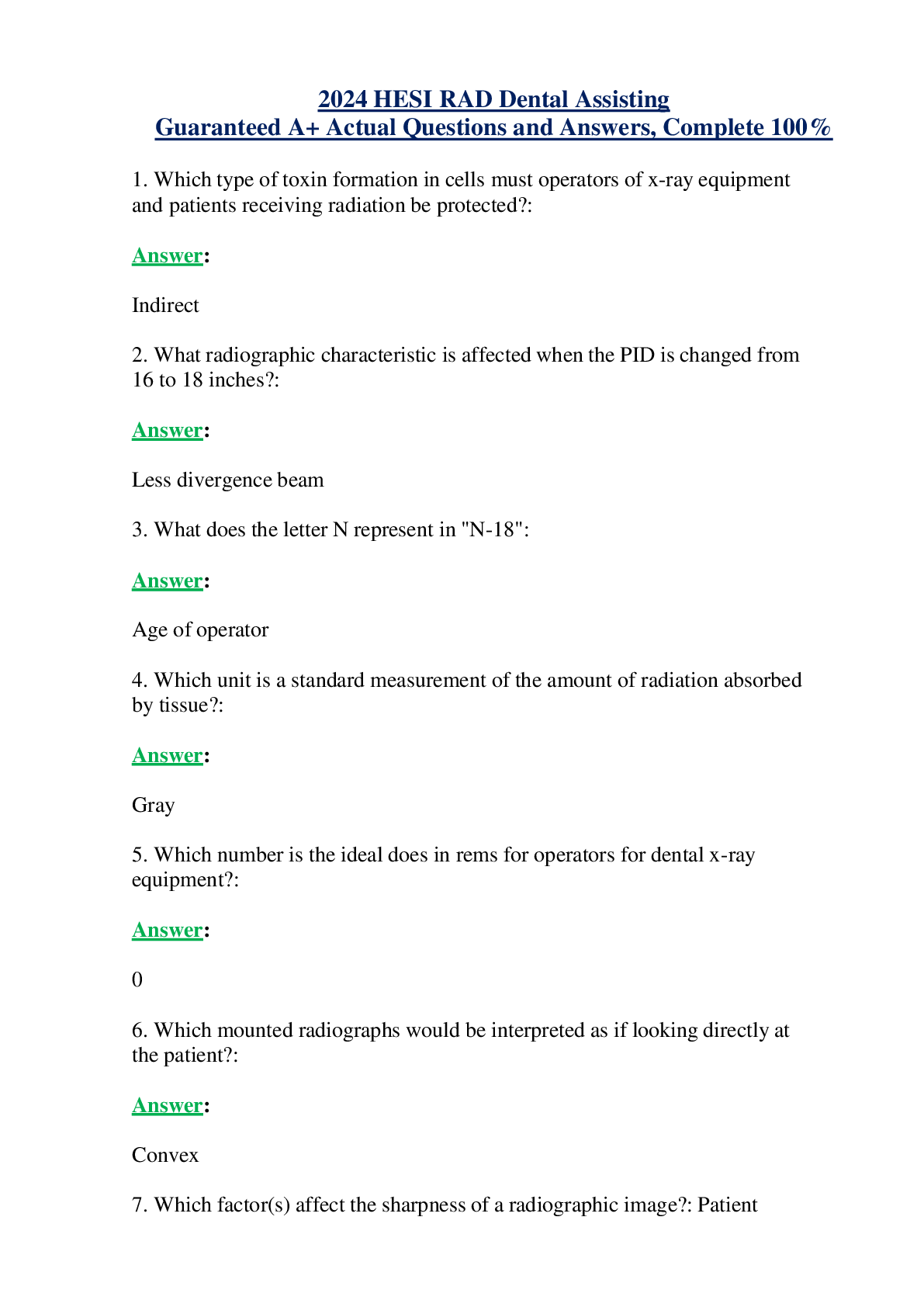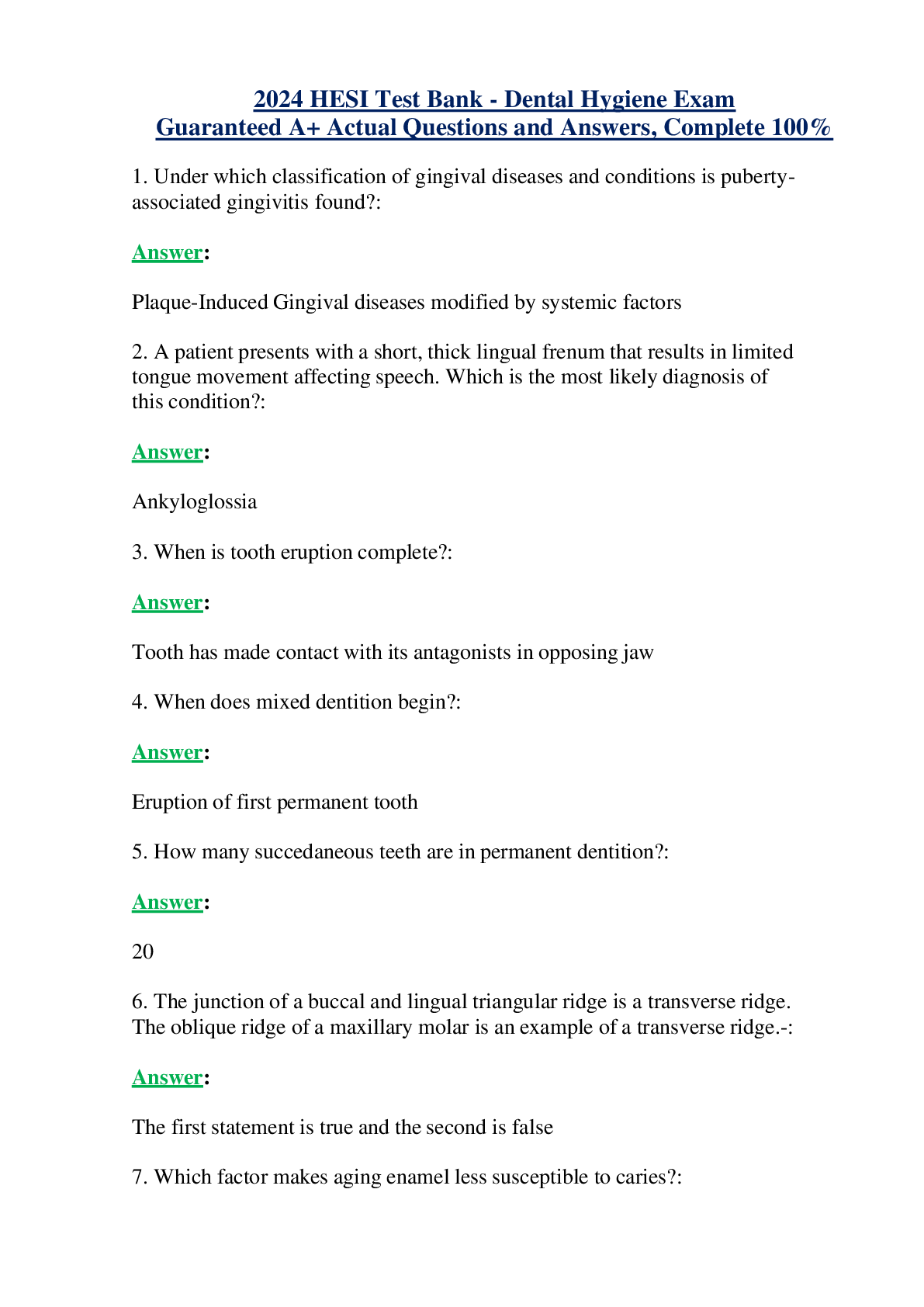HESI > HESI > 2024 HESI Test Bank Comprehension Practice Test Guaranteed A+ Actual Questions and Answers, Complete (All)
2024 HESI Test Bank Comprehension Practice Test Guaranteed A+ Actual Questions and Answers, Complete 100%
Document Content and Description Below
1. A client with deep partial-thickness and full-thickness burns of the face and chest is receiving wound care using the open method. The plan of care includes the Nsg Dx, "Risk for infection R/T im... paired tissue integrity." Based on the expected outcome, "Client remains free of infections," which nursing interventions should the PN implement? A. Wear gown, cap, mask, and gloves during direct client care. B. Restrict visitors in order to prevent wound contamination. C. Use sterile water for debridement in the hydrotherapy tank. D. Apply sterile dressings after debridement of burn wounds.: Answer: A. Wear gown, cap, mask, and gloves during direct client care. No dressing is used for burn wound care using the open method. The burn area is exposed and an aseptic environment is needed to prevent contamination and infection. Protective isolation precautions should be implemented during direct client care and wound care, which should include wearing gown, cap, mask, and gloves. 2. What action should the PN implement to facilitate speech for a client who has a fenestrated tracheostomy tube? A. Show the client how to use a tracheostomy plug. B. Determine the client's ability to swallow. C. Remove the inner cannula. D. Give oxygen at 6 L/minute via tracheostomy collar.: Answer: B. Determine the client's ability to swallow. A fenestrated tracheostomy has an opening or hole on the posterior aspect of the outer cannula that allows airflow over the vocal cords and speech in a client who is spontaneously breathing. It does not have a cuff, so the client's risk for aspiration should be determined. 3. A male client scheduled for a total laryngectomy and radical neck dissection for cancer of the larynx asks the PN if he will ever be able to speak. Which response is bets for the PN to provide? A. Breathing occurs through a permanent neck opening which prevents normal speech. B. Permanent removal of the voice box requires rehabilitation for esophageal speech. C. Due to removal of the vocal cords, communication requires the use of sign language. D. Once the breathing hole in the neck heals, the ability to speak requires a device.: Answer: B. Permanent removal of the voice box requires rehabilitation for esophageal speech. A total laryngectomy includes removal of the larynx and pre-epiglottis region resulting in a permanent tracheostomy and loss of normal speech abilities. Rehab is required to learn to speak using a prosthesis, esophageal speech, or an electrolarynx. [Show More]
Last updated: 1 year ago
Preview 1 out of 34 pages

Buy this document to get the full access instantly
Instant Download Access after purchase
Buy NowInstant download
We Accept:

Reviews( 0 )
$14.00
Can't find what you want? Try our AI powered Search
Document information
Connected school, study & course
About the document
Uploaded On
Mar 14, 2024
Number of pages
34
Written in
Additional information
This document has been written for:
Uploaded
Mar 14, 2024
Downloads
0
Views
32

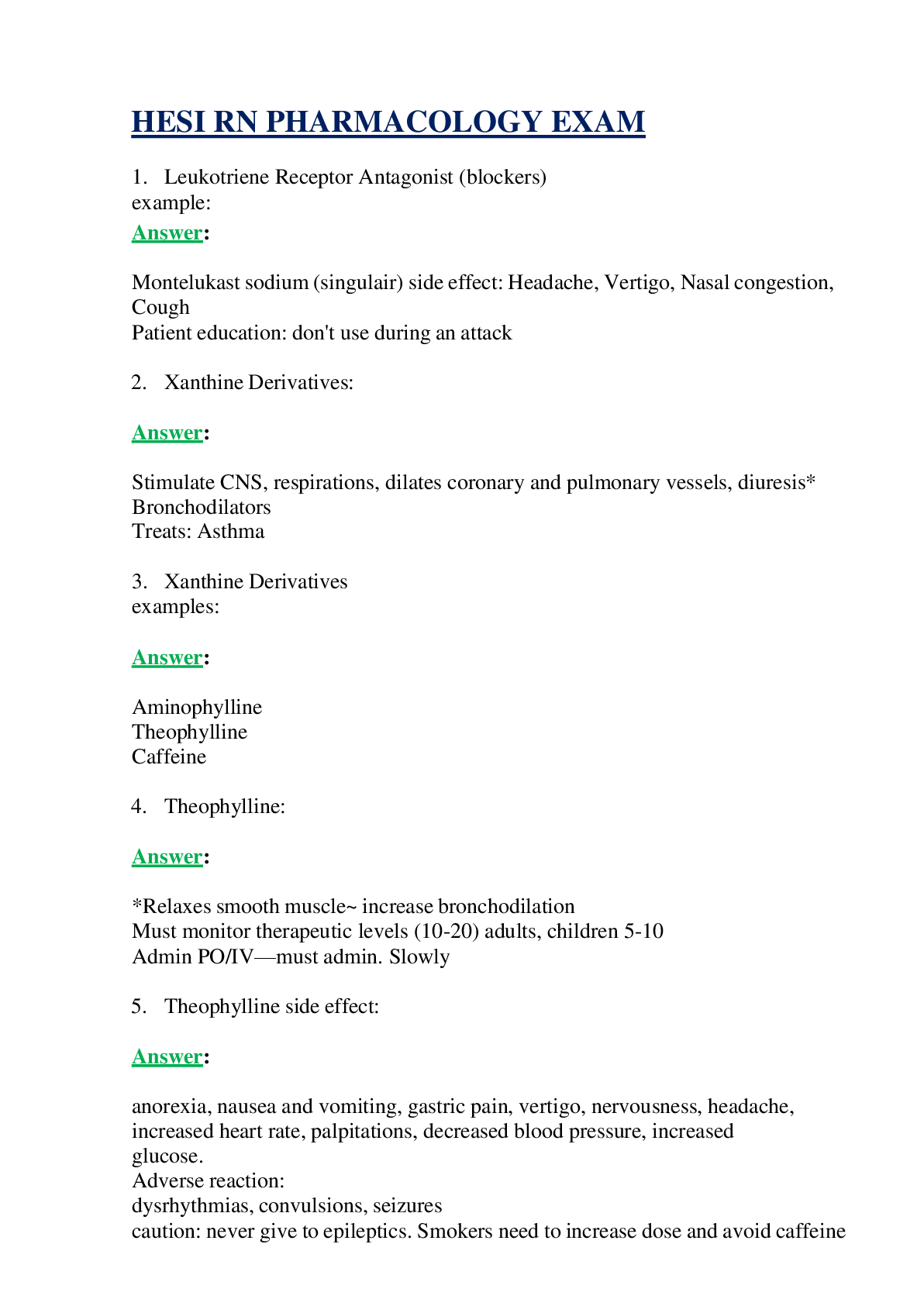
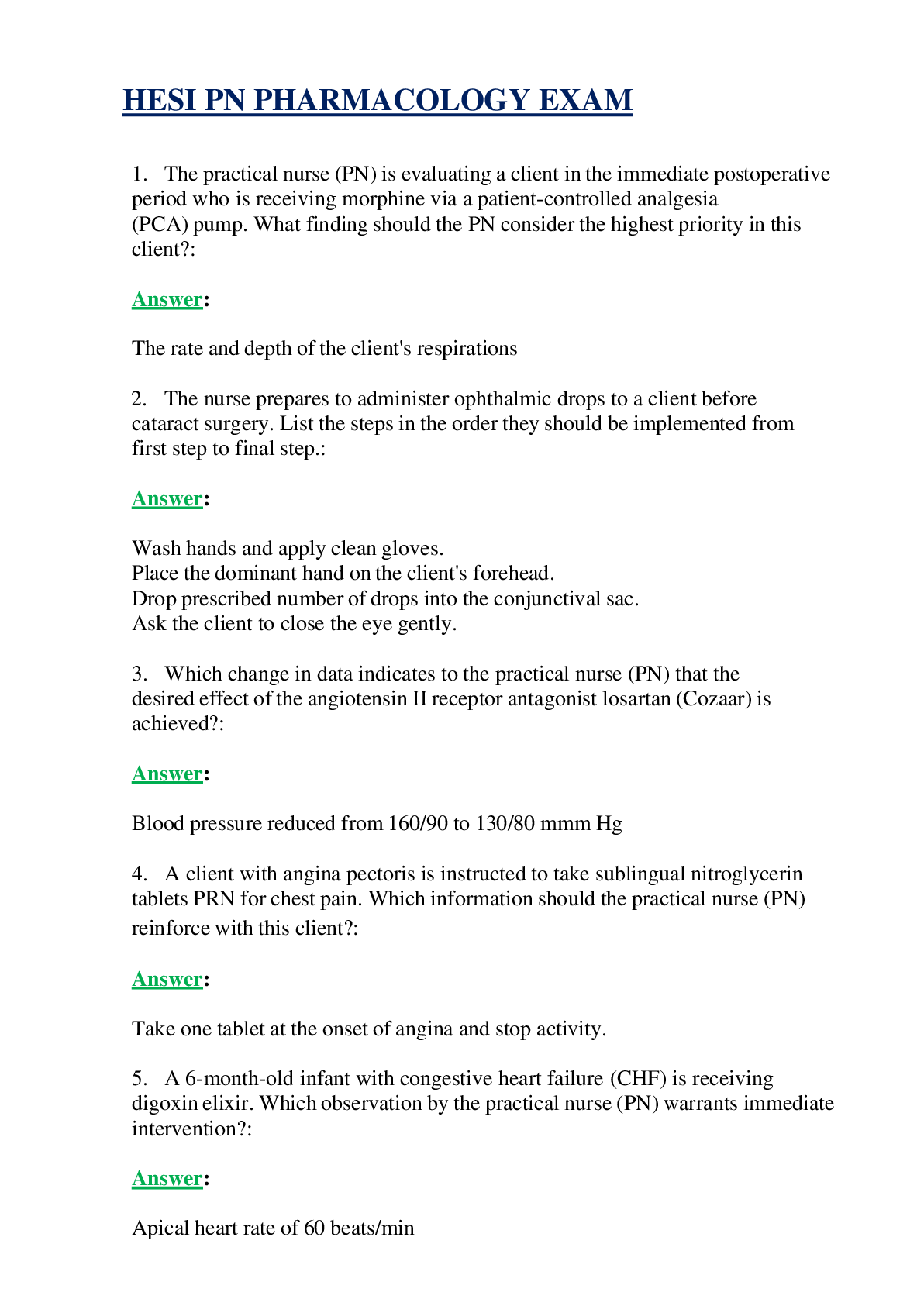
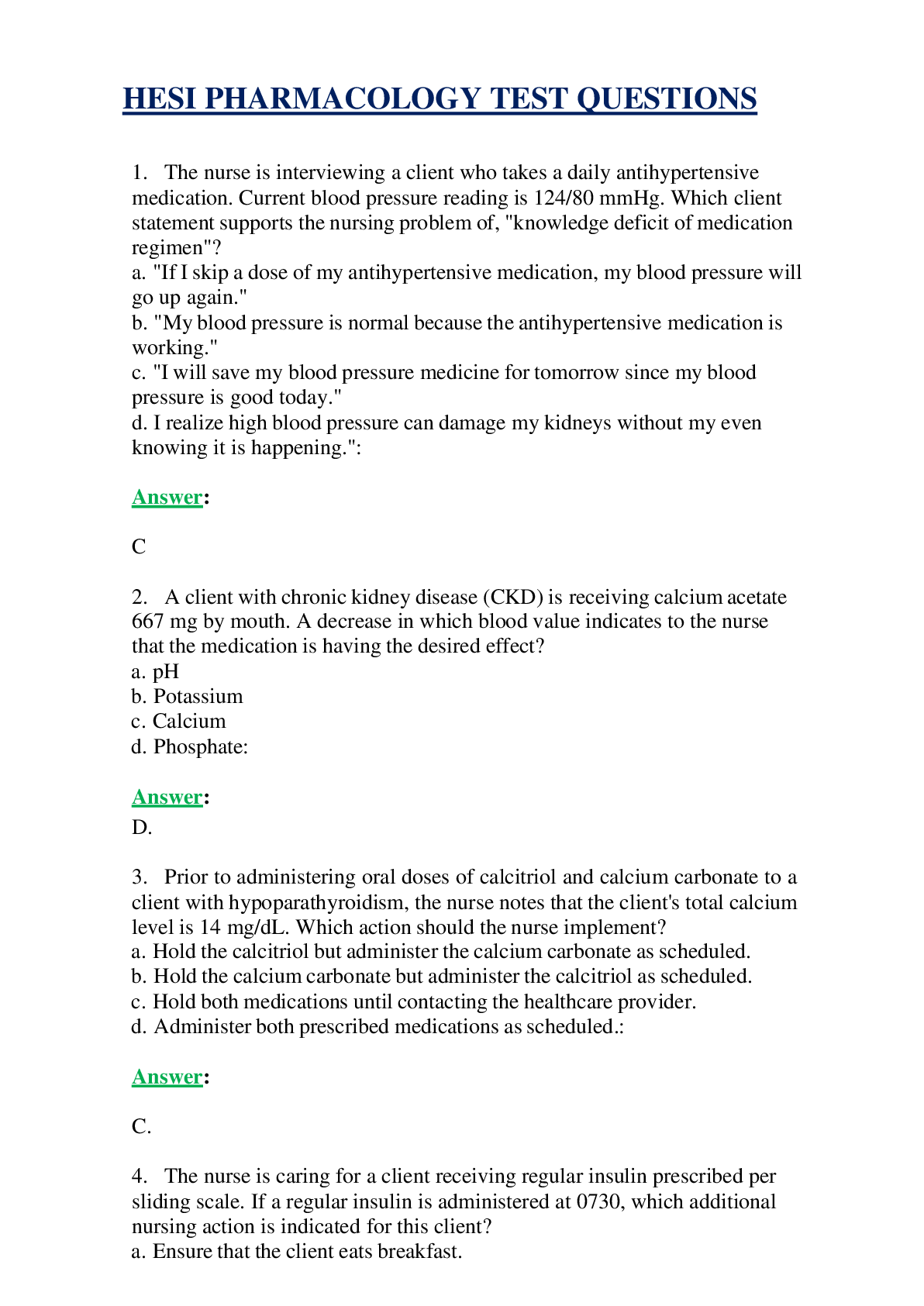
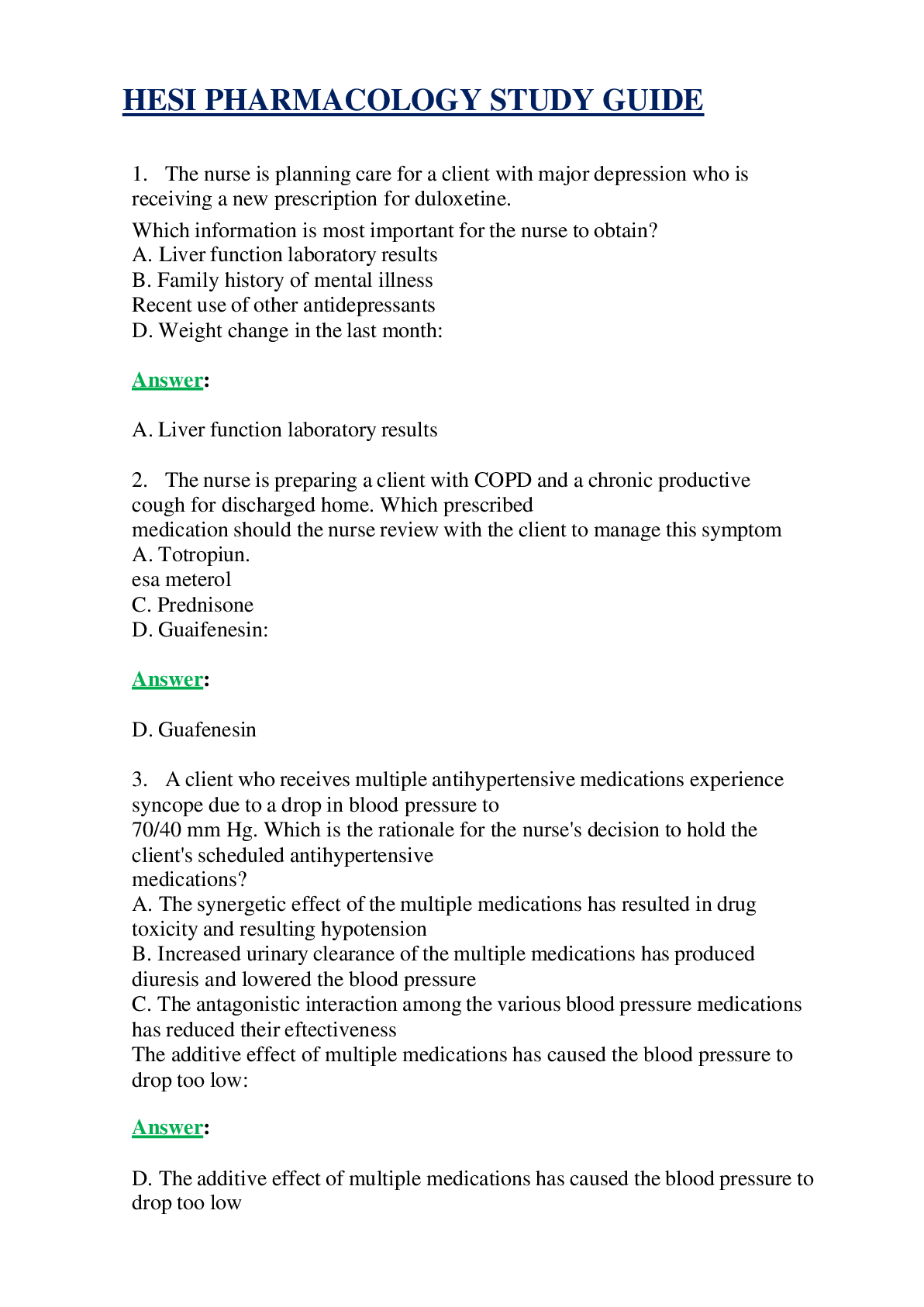
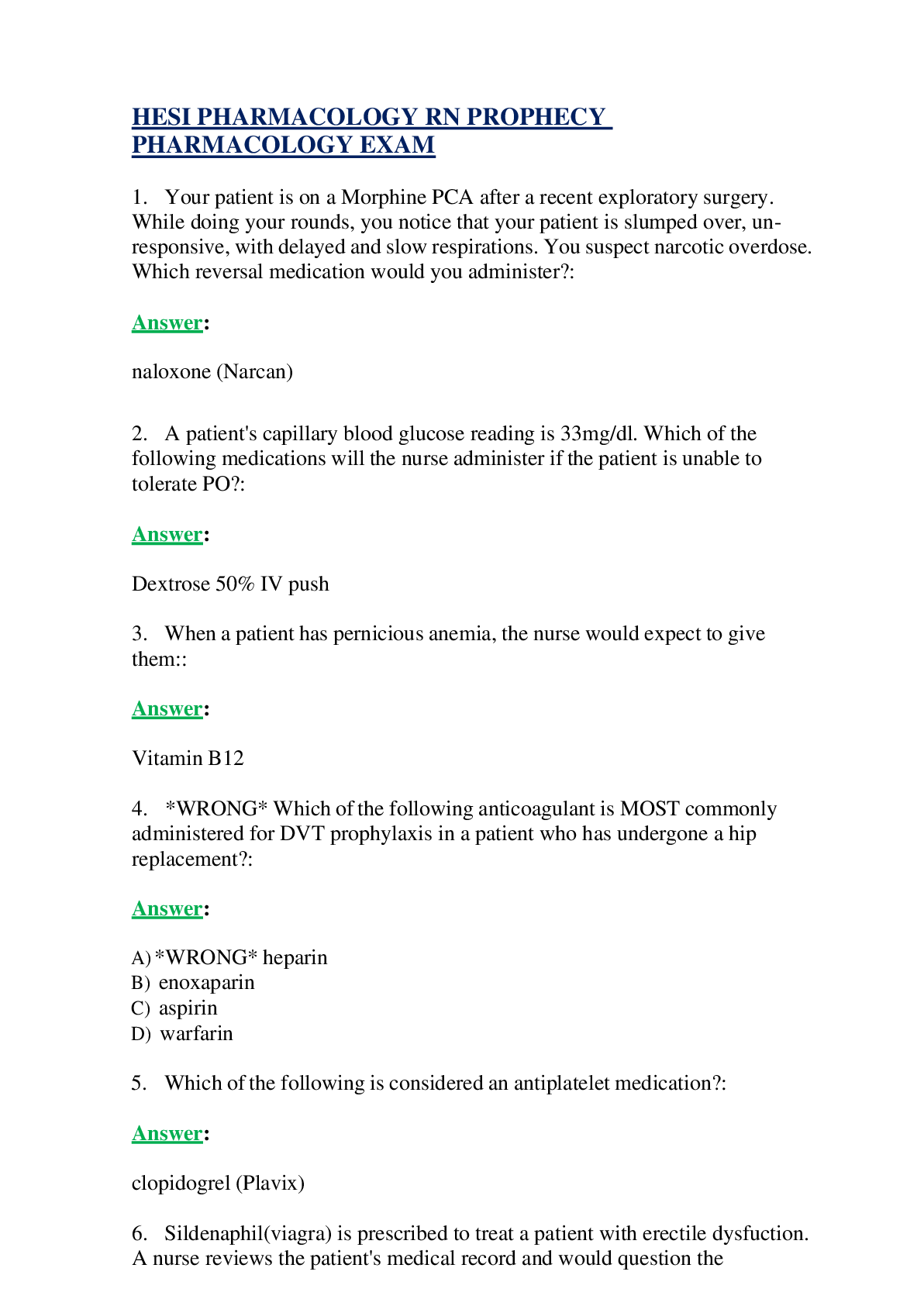
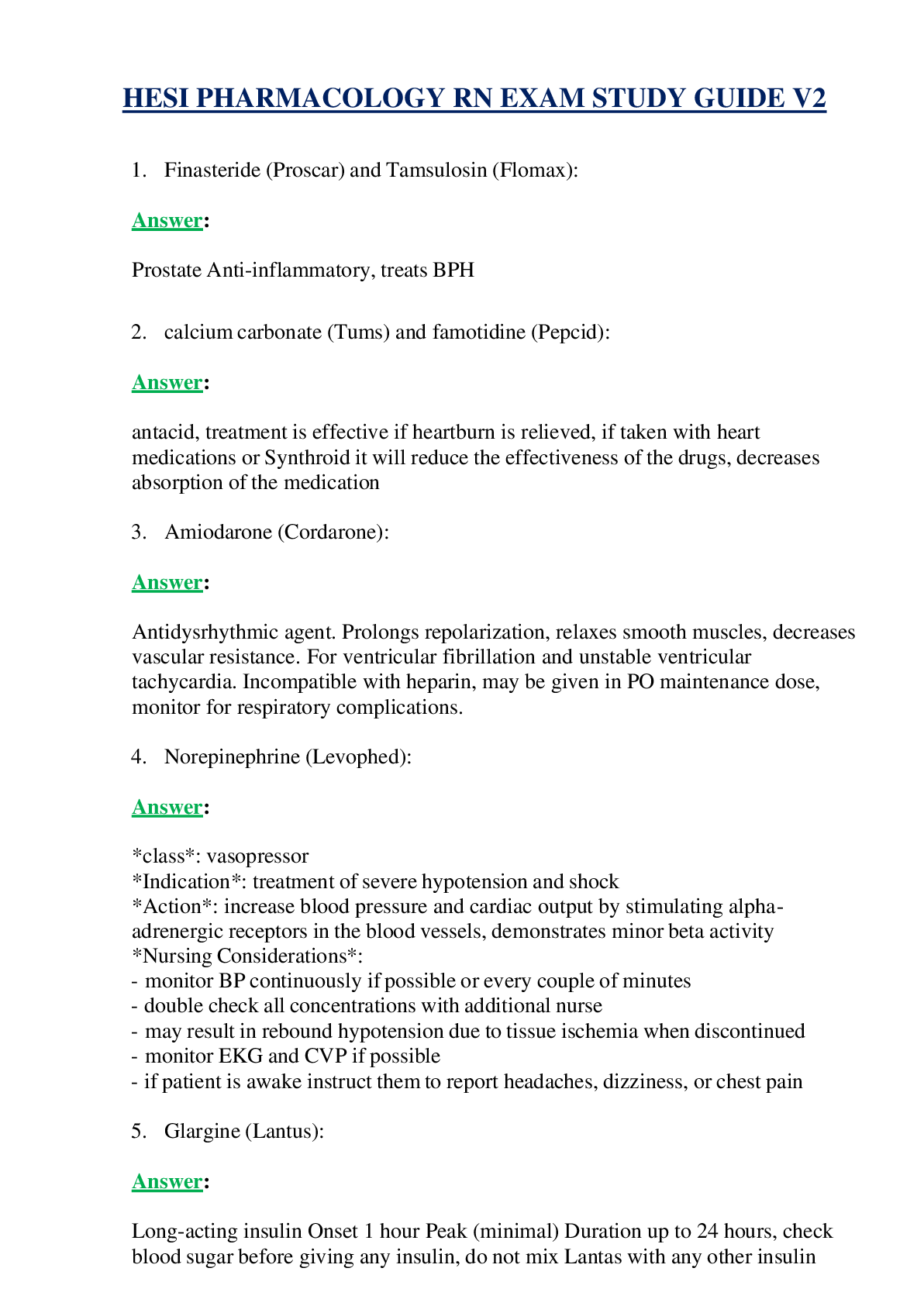
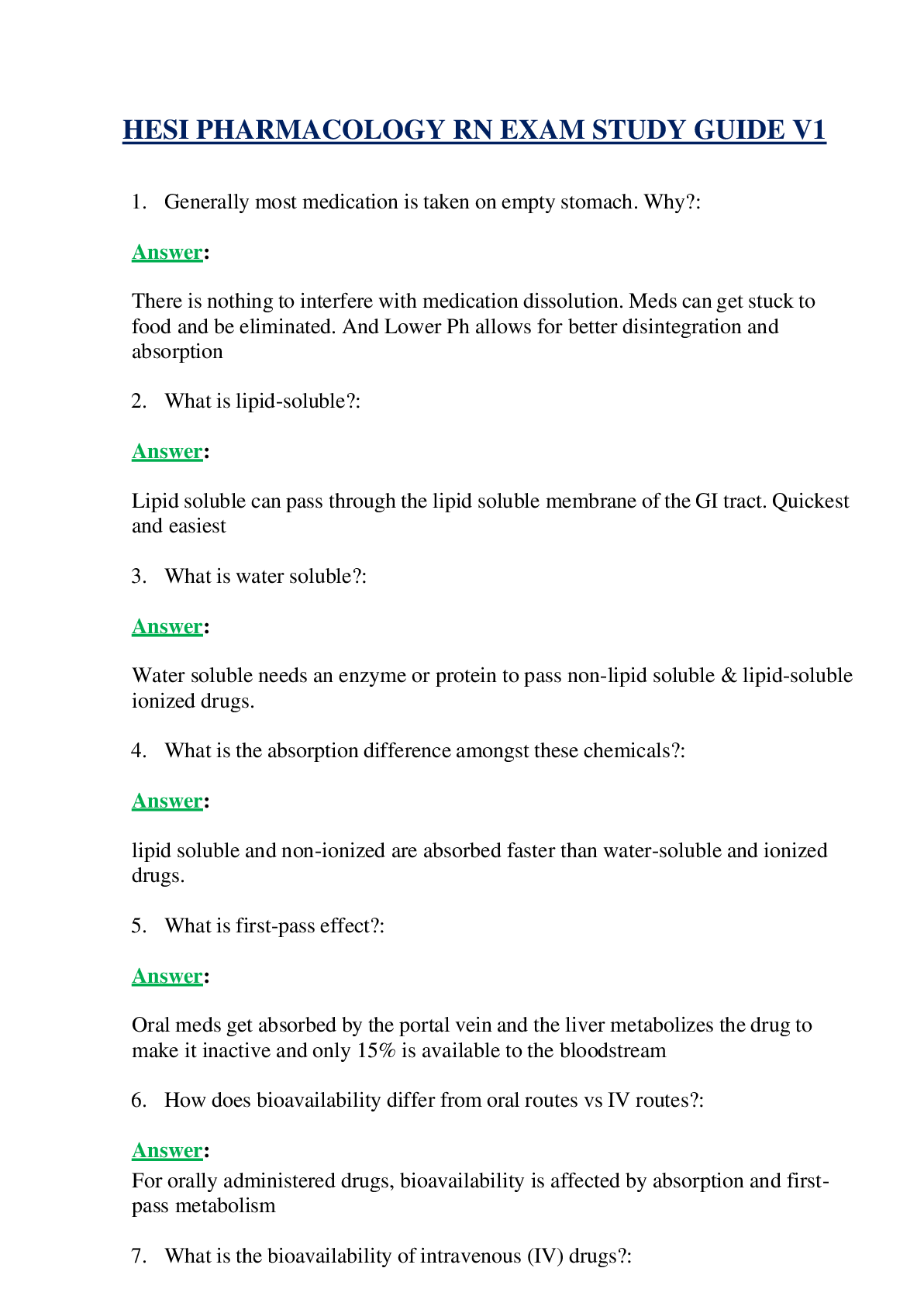
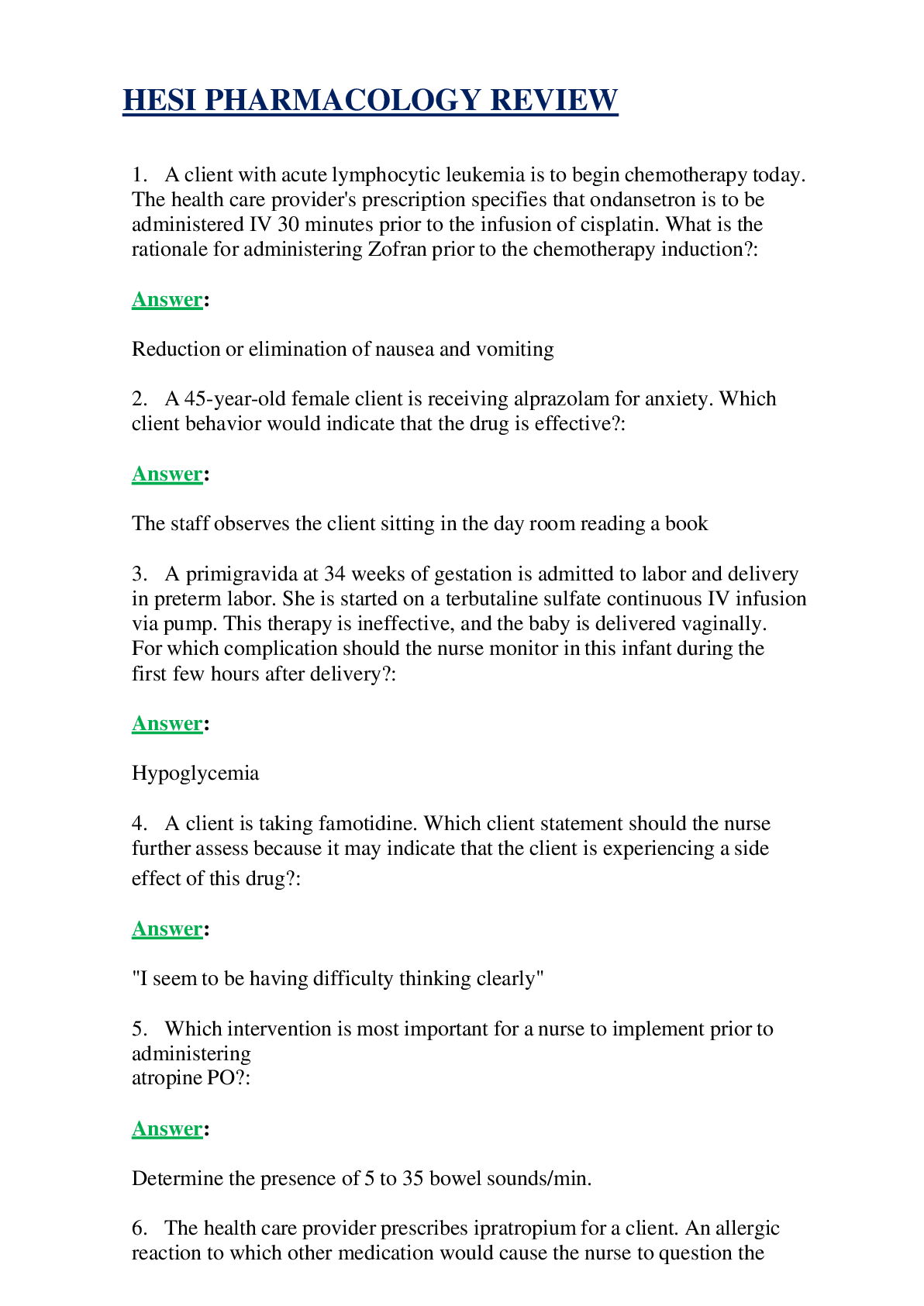
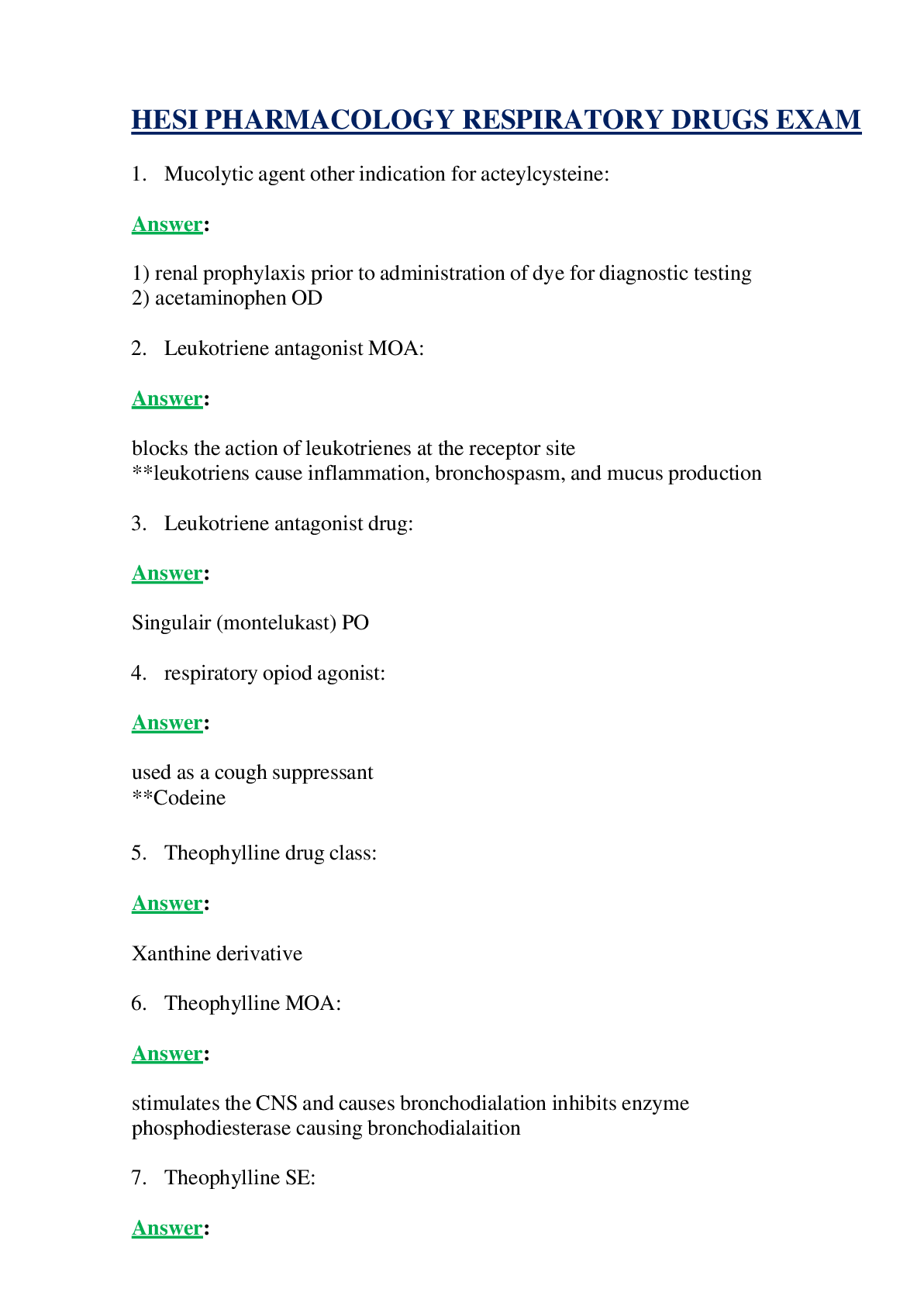
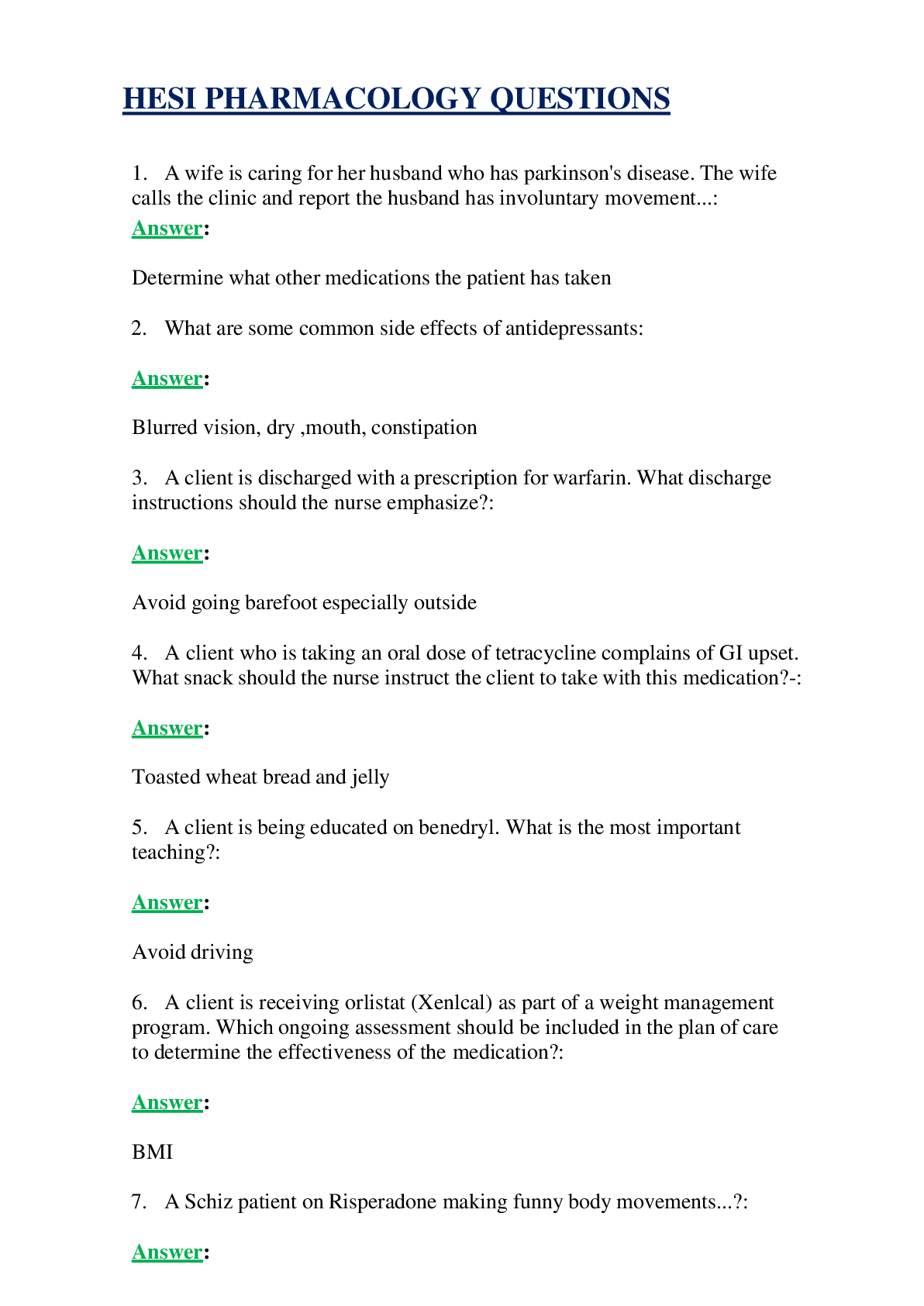
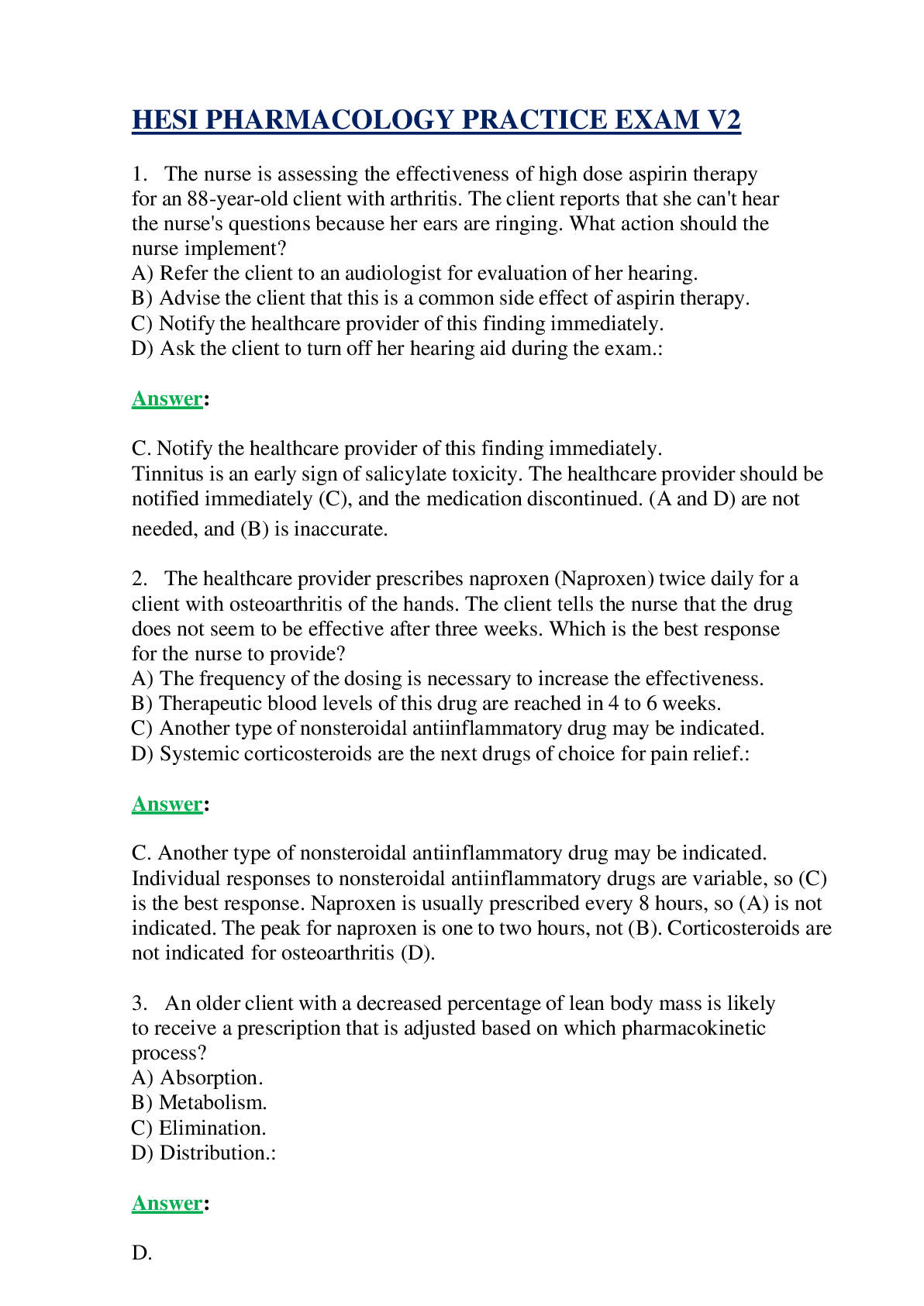
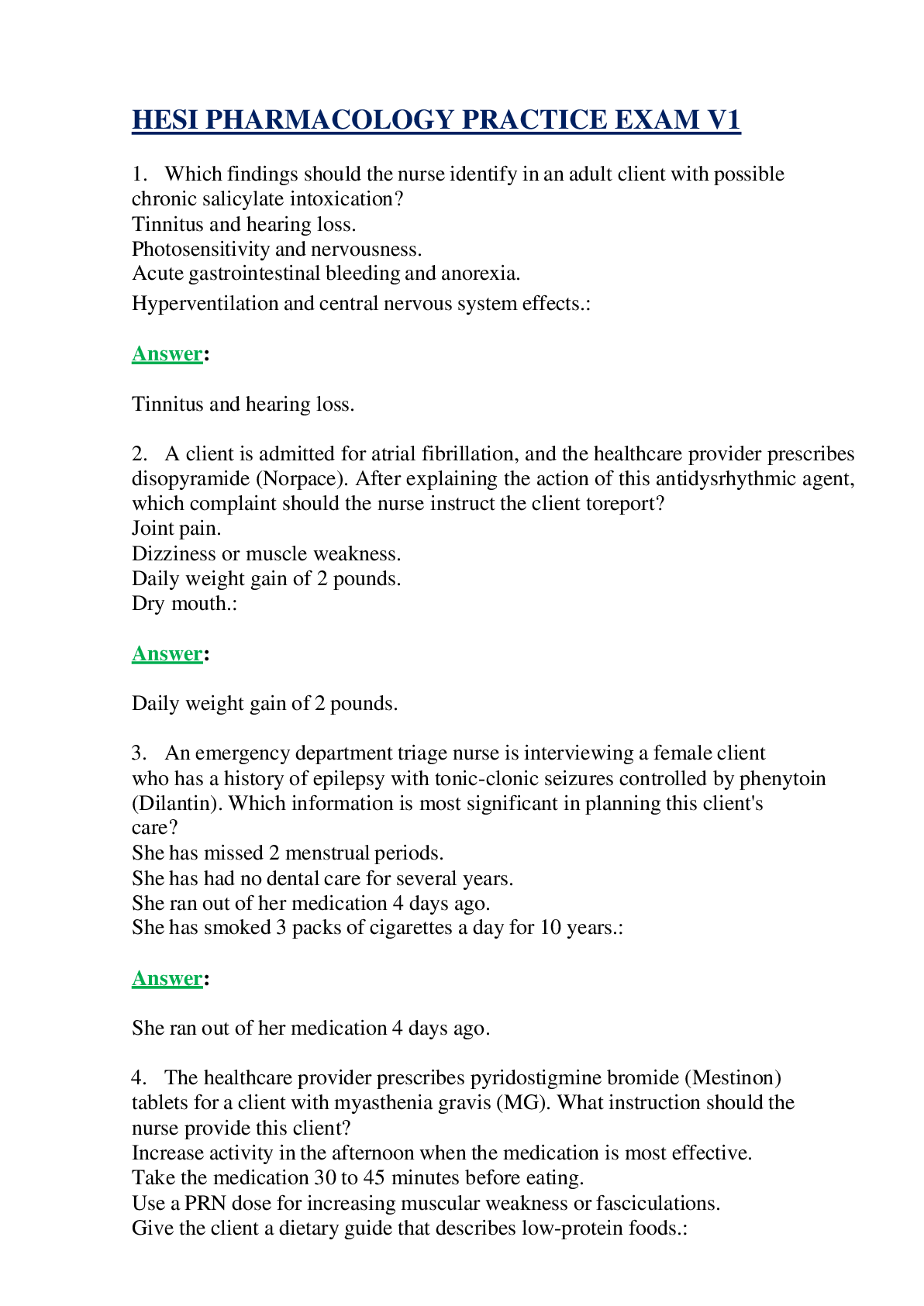
.png)
